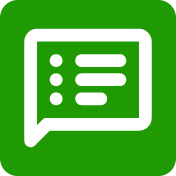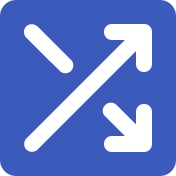Intermediate Proficiency: Enhance vocabulary connections by having students use a bilingual dictionary, glossary, or digital translation tools. Create structured opportunities for language practice by providing sentence stems with linking words related to comparing and contrasting (e.g., “On one hand, …; on the other hand, …” or “Formal language is…, while informal language is…”) as well as explanations (e.g., “Formal language is…” or “The characteristics of informal language are…”). Develop visual aids and maintain interactive word walls with the vocabulary students generate during this task. Consider adding student-created illustrations or photos to reinforce meaning.





